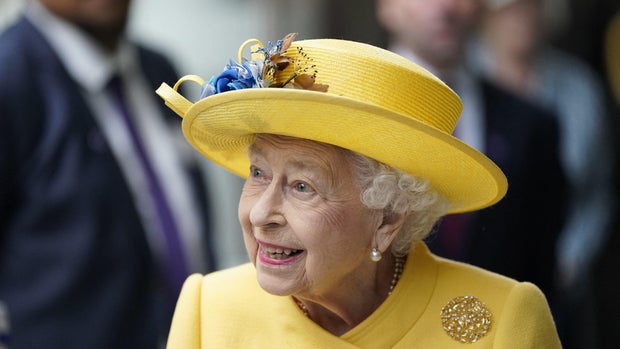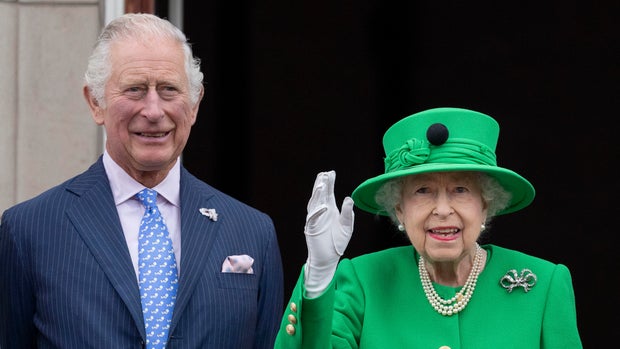London — Queen Elizabeth II, Britain’s longest-reigning monarch, died Thursday at the age of 96. The news came after the palace issued a statement earlier in the day saying doctors were “concerned” about the queen’s health, and all of the senior members of the royal family traveled to her home at Balmoral Castle in Scotland to be with her.
Who succeeds the queen?
Charles, long known as the Prince of Wales, officially became king the moment the queen passed away.
The ascension to the throne happens automatically under a centuries-old common law rule that recognizes that, when an individual sovereign dies, the government must carry on without interruption, according to University College London’s Constitution Unit.
Buckingham Palace confirmed Thursday that the new monarch will be known as King Charles III.
Does Charles’ wife Camilla become queen?
Camilla, Charles’ wife, is widely expected to become “queen consort,” and will likely be referred to as Queen Camilla. Queen Elizabeth II said herself earlier this year that it was her wish that Camilla be queen consort after her own passing.
“Queen consort” is a title for the wife of the monarch, but it does not convey the same power as a queen, who inherits the throne through the line of succession.
What about the coronation?
Ceremonies like the coronation are not technically required for the heir to the throne to become the new British monarch, UCL’s Constitution Unit says. King Edward VIII, for example, ruled without ever being formally crowned.
That said, the coronation and other ceremonies are historic, and important.
The coronation will be orchestrated and paid for by the British government, unlike the wedding of Prince Harry and his wife Meghan, for example, which was paid for by the royal family privately.
The timing is determined following the death of a sitting monarch, and there’s no rush. Queen Elizabeth II’s coronation wasn’t until June 1953, months after she ascended to the throne in February 1952.
What happens after the death of the queen?
After the death of a sovereign, when it is practicable but typically within 24 hours, the Accession Council will be summoned at St. James Palace in London.
The Accession Council is comprised of a range of national officials and ceremonial dignitaries, including “Privy Counsellors, Great Officers of State, the Lord Mayor and High Sheriffs of the City of London, Realm High Commissioners, some senior civil servants and certain others invited to attend,” according to the website of the Privy Council. The Privy Council is the oldest part of the British government, formed almost 1,000 years ago to deal specifically with issues on which government business and royal matters intersect.
The council carries out the work of recognizing the new monarch on behalf of the government in two separate sessions. The new sovereign will not attend the first part, where all members of the council will “formally announce the death of the Monarch and proclaim the succession of the new Sovereign.”
The second part of the Council sees only the Privy Counsellors meet with the new monarch, who will declare support for the British constitution and the Church of Scotland, of which the king or queen is the official head.
Formal proclamations will then be read out publicly in all four of the British home nations, at St. James Palace in London; in Edinburgh, Scotland; in Cardiff, Wales; and in Belfast, Northern Ireland.



